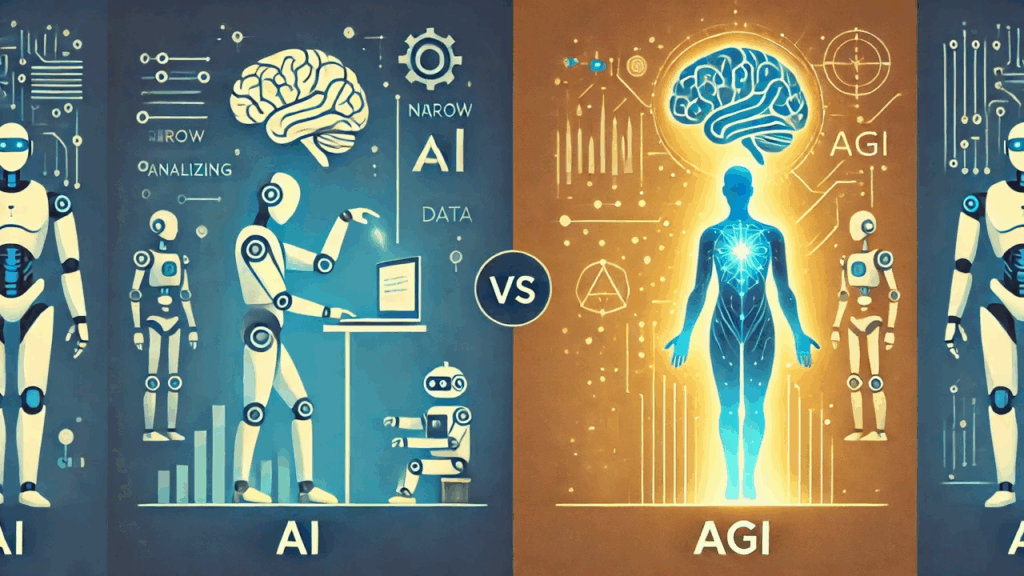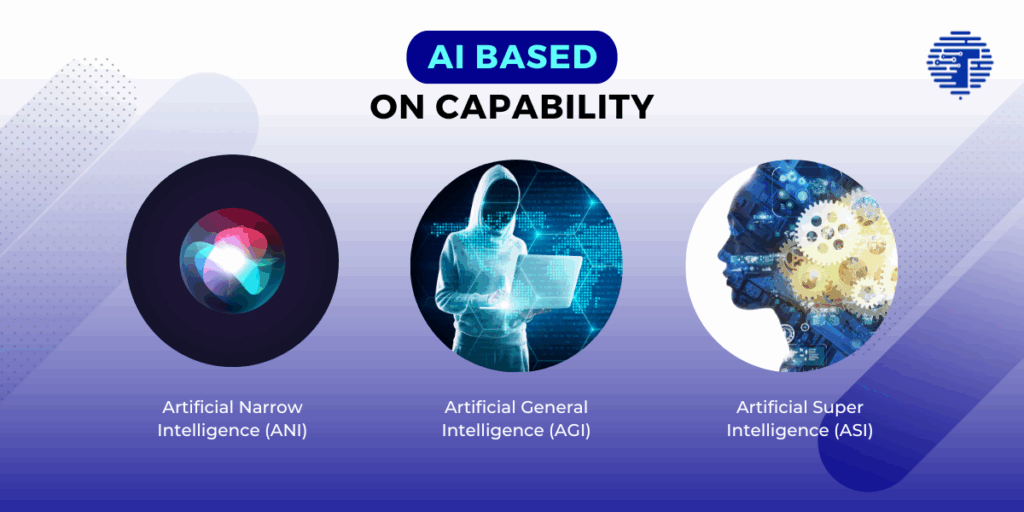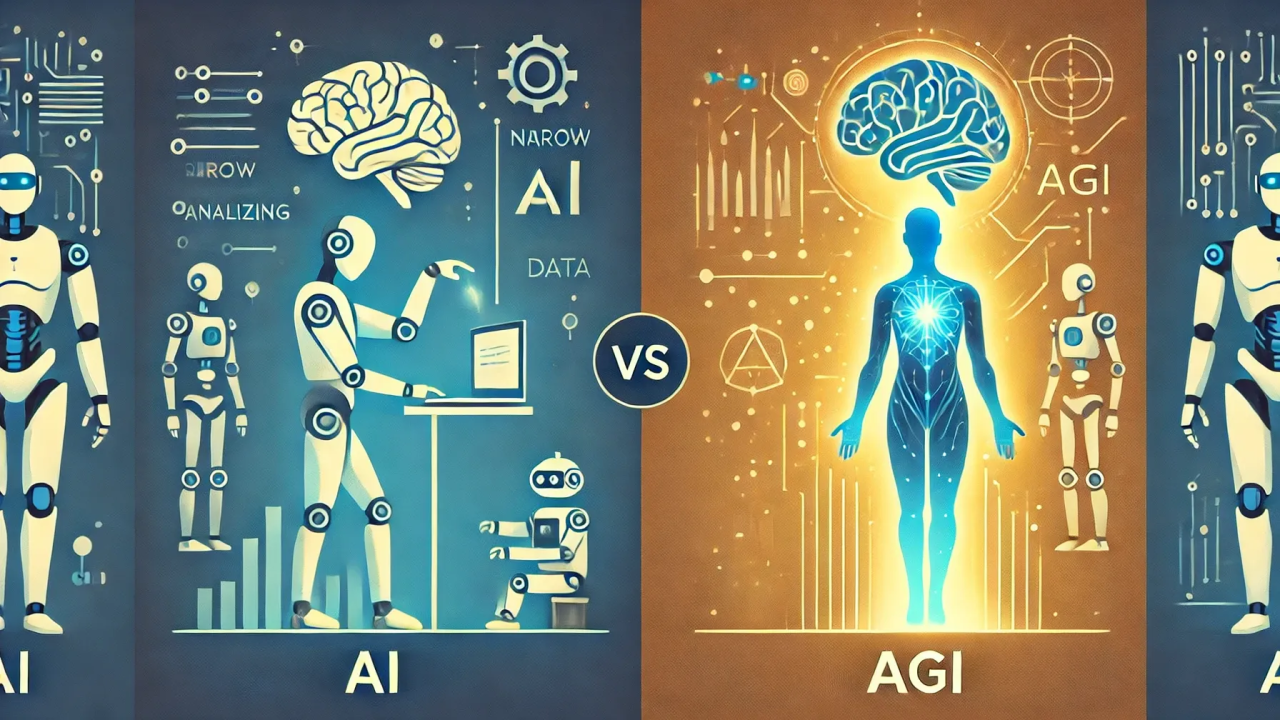Let’s be real. We’ve all watched a sci-fi movie or two and walked away half-convinced our phone might be plotting something. But as wild as it sounds, the dream (or nightmare?) of artificial general intelligence AGI for short, isn’t just for Hollywood anymore. It’s creeping into real-world labs, research centers, and, surprisingly, everyday tech. Welcome to the wonderfully weird world of artificial intelligence.
So buckle up. We’re diving headfirst into this soup of circuits, code, and consciousness.
What Even Is AGI?
Before we unpack the coolest examples, let’s make sure we’re on the same digital page. AGI, or artificial general intelligence, refers to a machine’s ability to understand, learn, and apply knowledge across a wide range of tasks just like a human. Not like your smart fridge that suggests ordering more eggs (although we appreciate that). Think Sherlock Holmes meets Jarvis from Iron Man.
Unlike narrow AI (which is everywhere from spam filters to Siri), AGI can adapt. It reasons. It has ra ange.
AGI vs AI: The Showdown

Here’s a friendly metaphor:
- AI is like a highly trained chef who makes the best pizza on Earth but doesn’t know how to boil water.
- AGI? That’s a master chef who can whip up sushi, soufflés, or seven-course meals without breaking a digital sweat.
So when we say “agi artificial,” we’re talking about the type of intelligence that can, in theory, learn any task we throw at it. AI plays the piano; AGI composes the next symphony.
Top Real-World AGI Artificial Intelligence Examples (Yes, They’re Real-ish)

Let’s explore some AGI-flavored systems and prototypes making waves today.
- OpenAI’s GPT-4 (and friends)
- This language model (ahem, yours truly) can write, code, summarize, teach, and joke. Is it fully AGI? Not yet. But it’s a spicy appetizer for what’s coming.
- DeepMind’s Gato
- Trained to do over 600 tasks with the same model, from stacking blocks to playing Atari games. Gato doesn’t just play by the rules; it learns them on the fly.
- Tesla Optimus (Prototype)
- Elon Musk’s humanoid robot isn’t quite self-aware (yet), but the ambition is AGI-sized: a robot that can navigate any human task.
- Anthropic’s Claude
- Built to be helpful, honest, and harmless. Its flexible reasoning skills and multi-task capabilities point toward early AGI territory.
- Google DeepMind’s AlphaZero
- Initially created to master games like chess and Go. But it taught itself from scratch. That’s not just smart; it’s AGI-smart.
Common Traits of AGI Artificial Intelligence

AGI isn’t just about IQ points. It’s about generalization, flexibility, and learning:
| Trait | What It Means |
|---|---|
| Learning to Learn | Adapts to new tasks without retraining |
| Contextual Reasoning | Understands nuance and ambiguity |
| Transfer Knowledge | Applies what it learned in chess to real-world strategy |
| Creativity | Writes poems, solves novel problems |
| Self-Correction | Spots its errors (finally, someone else who does!) |
How AGI Differs from Your Smart Vacuum

Spoiler alert: your Roomba isn’t AGI.
AGI thinks like you do. Your vacuum? It memorizes your room layout and throws a tantrum if it hits a sock. The difference is flexibility. AGI could switch from vacuuming to negotiating peace treaties if trained well enough.
What Makes AGI So Hard to Build?
Let’s break it down:
| Challenge | Why It Matters |
| Computational Power | Need supercomputers, not microwaves |
| Data Complexity | Understanding sarcasm is harder than it looks |
| Ethics | We want it to help, not hack the planet |
| Explainability | AGI needs to show its work, not just give answers |
| Consciousness Debate | Are we building a brain or a calculator on steroids? |
The Role of OpenAI in AGI Artificial Development
OpenAI isn’t just a trendy name; it’s leading the AGI revolution. Their mission? Ensure AGI benefits all of humanity. Think less Skynet, more collective digital buddy.
OpenAI’s progression from GPT-2 to GPT-4 and beyond shows rapid improvement in reasoning, language understanding, and multi-modal learning (like reading images and text together). AGI artificial systems might soon evolve from being helpful assistants to fully integrated co-thinkers.
How AGI Could Change Everything (No Pressure)
Imagine AGI in these fields:
- Healthcare: Diagnosing illnesses faster than a room full of doctors
- Education: Personalized tutoring with zero judgment
- Science: Running 1000s of experiments simultaneously
- Art: Collaborating with humans to create new music, films, and literature
Basically, it could be the biggest thing since sliced neural networks.
Ethical Hot Potatoes (aka, The Spicy Side of AGI)
We can’t ignore the ethical brain-benders:
- Who gets to decide AGI’s goals?
- Should it have rights?
- How do we prevent manipulation or misuse?
- What if it just decides we’re boring and logs off?
Spoiler: There are no easy answers. That’s why AGI development needs careful, transparent oversight.
Will AGI Artificial Intelligence Take My Job?
Short answer: Maybe.
Longer answer: AGI will replace tasks, not people. It’ll handle boring, repetitive stuff so humans can focus on creativity, empathy, leadership, you know, human things.
That said, jobs in writing, coding, legal research, and even customer service could change dramatically.
How Much Does It Cost to Build AGI?
Let’s look at some rough, back-of-the-envelope costs:
| Component | Estimated Cost (USD) |
| Training AI Models | $10M to $100M+ |
| Data Storage | $1M+ annually |
| Compute Infrastructure | $5M to $500M |
| Talent (Researchers, Engineers) | $250k+/person/year |
| Ethics & Safety Team | Priceless (but at least $1M/year) |
No, you can’t build one in your basement. Sorry.
When Will AGI Finally Arrive?
Everyone from Elon Musk to your neighbor’s techy nephew has an opinion. Some say within a decade. Others say it’s 100 years away.
Truth? No one knows. But with the current pace, early AGI might show up before your next software update.
Conclusion: AGI Artificial Intelligence Is More Than Just Buzzwords
AGI artificial intelligence is more than science fiction hype or startup jargon. It’s the next step in humanity’s relationship with machines. And while we’re still a ways off from building a fully sentient, self-aware digital mind, the examples we’re seeing today are mind-blowing enough to start the conversation.
Whether it’s OpenAI’s GPT, DeepMind’s multitaskers, or a startup tinkering in stealth mode, one thing’s clear: the age of AGI is coming. Get curious. Stay skeptical. And maybe back up your hard drive just in case.
FAQ: AGI Artificial Intelligence Examples
1. Is AGI the same as AI? Nope. AI handles specific tasks (like recommending Netflix shows). AGI can generalize and learn any intellectual task like a human.
2. What are some AGI examples today? GPT-4, DeepMind’s Gato, and Anthropic’s Claude are early examples pushing toward AGI.
3. Can AGI think like a human? Not yet. But the goal is to build machines that can reason, learn, and adapt across domains.
4. Will AGI replace human jobs? It might change or automate some jobs, but ideally, it helps humans do more meaningful work.
5. Who is leading AGI research? OpenAI, DeepMind, Anthropic, and several academic institutions are at the forefront.
